Ever felt like your pitch was solid, yet your prospect ghosted you right after? It might not be your product — it’s probably your phrasing. Words can either build trust or quietly kill momentum.
Some lines sound professional but instantly trigger resistance. The good news? You can swap those weak phrases for confident, value-driven language that gets replies, not rejections.
Here’s a breakdown of the most common sales phrases to avoid — and what to say instead.
1. “Are you the decision-maker?”
On the surface, this seems like a practical question. But to your prospect, it can sound dismissive — as if you only value them if they hold final authority.
- Why it backfires: It makes prospects defensive and undervalued. Even if they aren’t the final sign-off, they often influence decisions behind the scenes.
What to say instead:
“Who else usually weighs in when your team makes choices like this?”
This phrasing feels collaborative. You’re not asking for rank — you’re showing curiosity about their process.
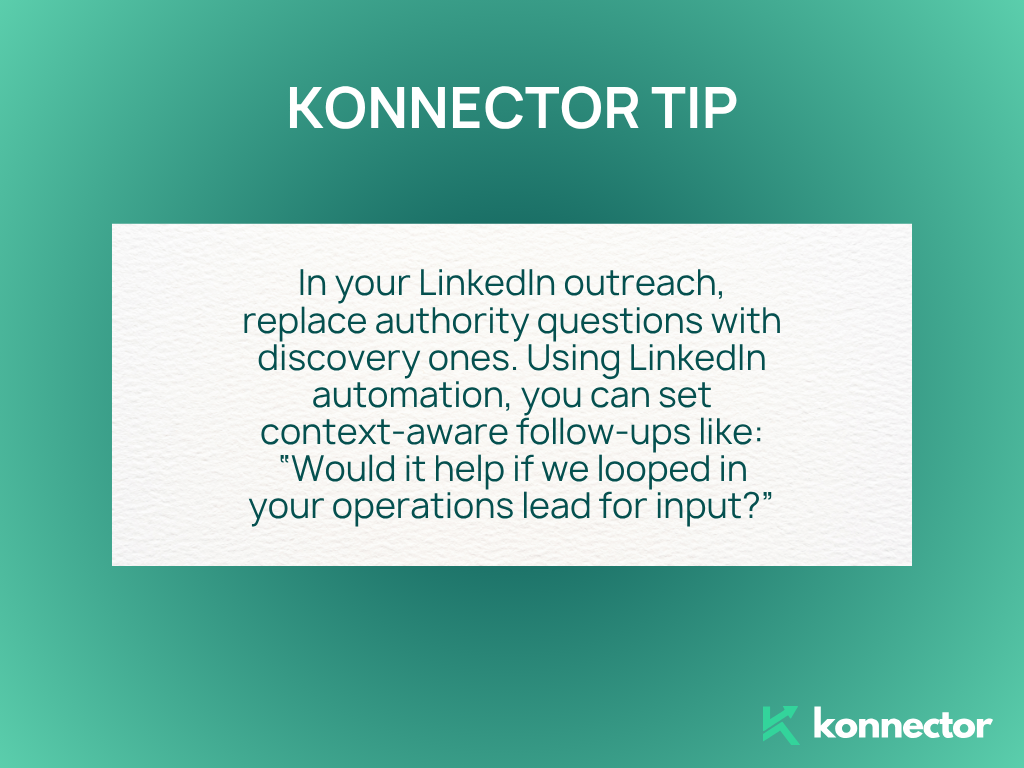
2. “Just checking in.”
The most common (and most ignored) follow-up line in sales. It feels lazy, forgettable, and self-centered.
- Why it backfires: It adds no value. You’re asking for time without giving a reason — and that’s an instant delete trigger.
What to say instead:
“Hi [Name], came across a quick example that ties perfectly to our last chat about [pain point]. Would you like me to send it over?”
Now you’re offering something useful — insight, data, or context — instead of a reminder that you’re waiting.
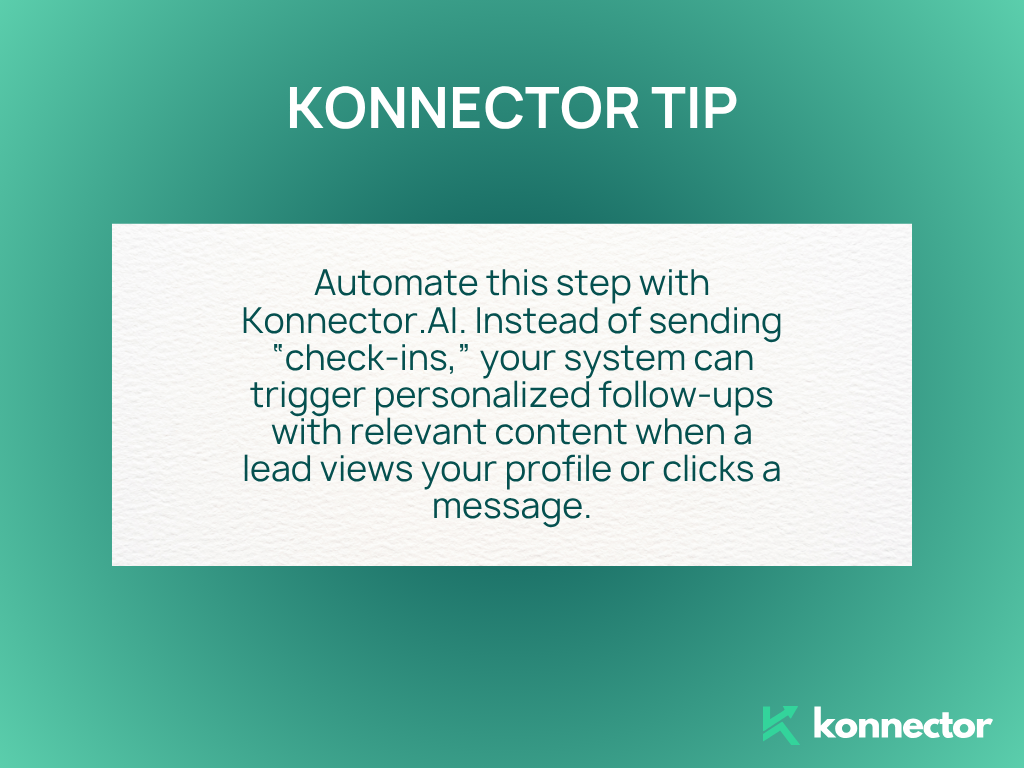
3. “Our product will change your business.”
You might mean it sincerely, but to your prospect, it sounds like a promise they’ve heard a thousand times. It’s a claim — not a connection.
- Why it backfires: Big statements without context make you sound generic or overconfident.
What to say instead:
“Teams we’ve worked with saw [specific outcome] after fixing [problem you solve]. Could that be helpful for you?”
Now, instead of hyping your product, you’re leading with results and curiosity — inviting them to envision value instead of taking your word for it.
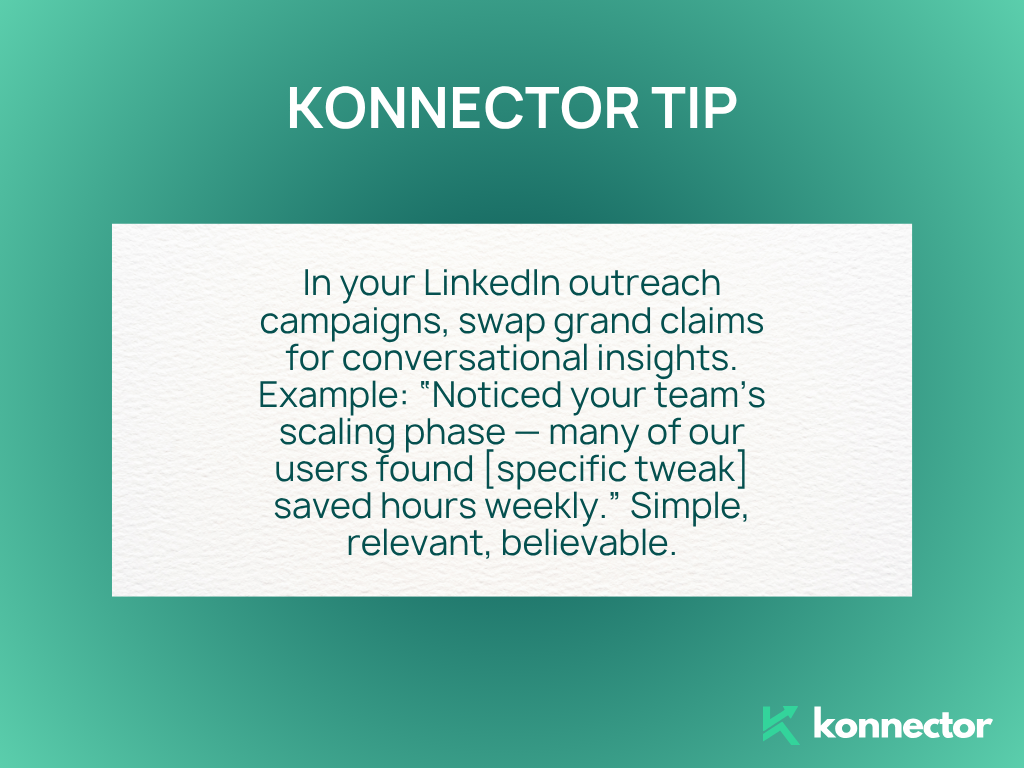
4. “To be honest with you…”
When you start with “to be honest,” it unintentionally implies that everything before might not have been. It weakens your credibility, even when your intention is transparency.
- Why it backfires: It plants doubt. Prospects subconsciously think, “Were you not being honest before?”
What to say instead:
“Here’s what I think would work best for you based on what you’ve shared.”
It’s straightforward, confident, and clear — all the qualities that create trust.
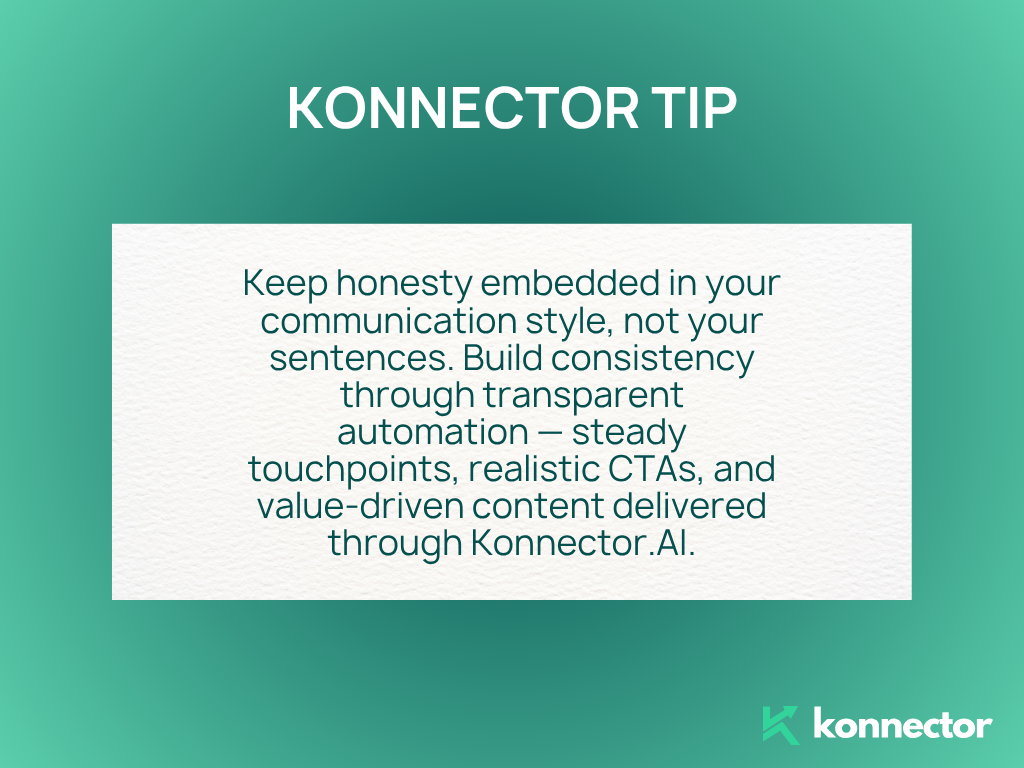
5. “Let me know a good time to chat.”
It sounds polite, but it creates friction. You’ve just transferred the scheduling burden onto your prospect — and most won’t bother replying.
- Why it backfires: It’s vague and high-effort. Prospects are busy; they’d rather ghost than negotiate calendars.
What to say instead:
“Would Tuesday 3 PM or Thursday morning work better for a quick chat? If easier, here’s my link: [insert link].”
You’re being direct but respectful — making it easy for them to say yes or suggest another time.

Bonus Tip: Watch Your Tone as Much as Your Words
Even great phrases fail if your tone feels off. Here’s a quick tone checklist:
- Be natural: Write how you’d talk to a peer, not how you’d write a press release.
- Be concise: Every sentence should earn its place.
- Be curious: Ask about them more than you talk about yourself.
- Be human: Use warmth — even in automation — to make outreach feel genuine.

Sales success isn’t about perfectly polished scripts — it’s about communication that feels real, relevant, and responsive.
The Konnector.AI Advantage
The magic of high-performing outreach lies in what you say, when you say it, and how consistently you say it.
With Konnector.AI, you can:
- Automate contextual messaging: Replace weak filler lines with AI-generated value-based responses.
- Trigger smart follow-ups: Send the right tone when a lead engages or goes silent.
- Scale personalization: Keep your voice intact across hundreds of conversations.
- Measure impact: Track which messages, tones, and follow-up phrases turn engagement into meetings.

No more “checking in” or over-promising — just meaningful conversations at scale.
Final Takeaway
Strong sales communication isn’t about sounding impressive — it’s about sounding relevant.
The right phrasing keeps your message clear, credible, and conversion-ready.
With Konnector.AI, you can blend automation with authenticity — so every message feels personal, and every follow-up lands perfectly.
Speak value. Build trust. Book meetings.
That’s how you win sales conversations that actually convert.
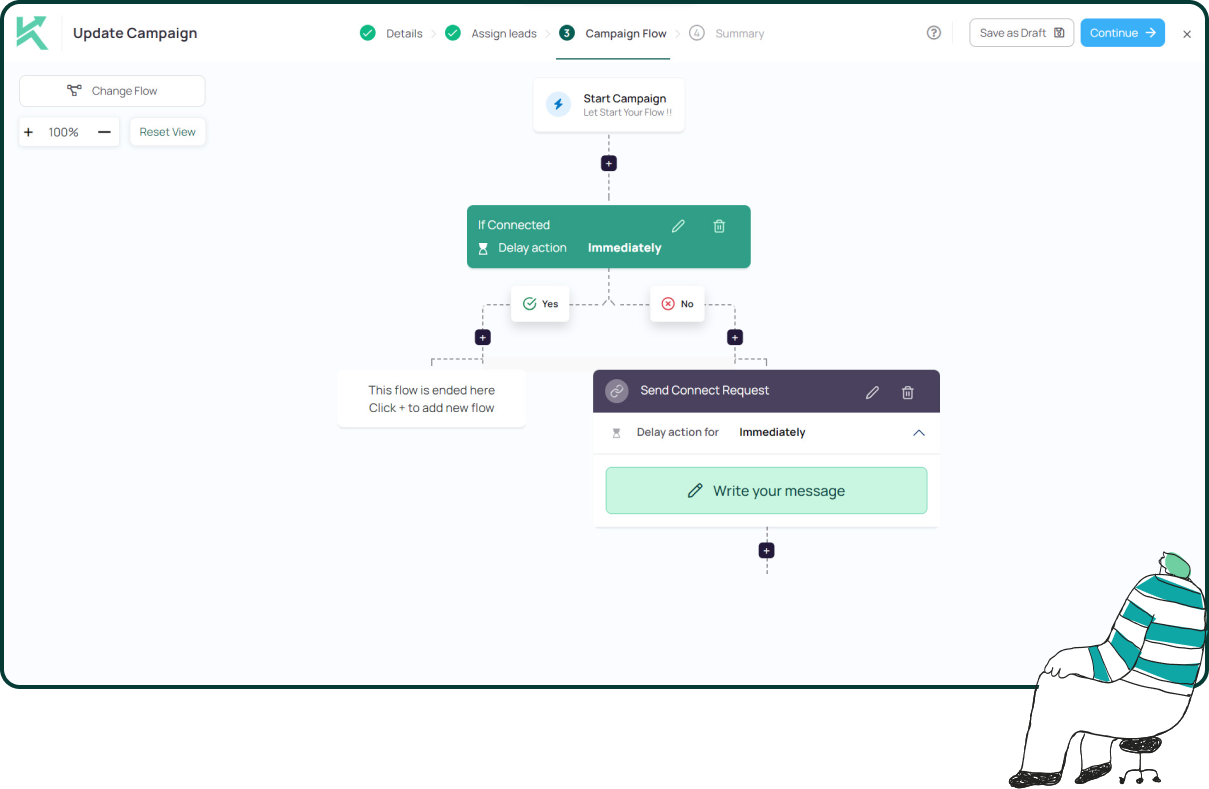
11x Your LinkedIn Outreach With
Automation and Gen AI
Harness the power of LinkedIn Automation and Gen AI to amplify your reach like never before. Engage thousands of leads weekly with AI-driven comments and targeted campaigns—all from one lead-gen powerhouse platform.
Frequently Asked Questions
They’re common lines that trigger resistance (e.g., “Just checking in”). Replacing them with value-led language increases replies and next steps.
Avoid authority-chasing (“Are you the decision-maker?”) and pressure (“This offer expires today”). Ask collaborative, discovery-led questions instead.
Vague check-ins, generic pitches, leading questions, and jargon. Prospects respond to clarity, relevance, and tailored insights.
Reference value: “Found a short case study on [problem]. Want me to send the 2-bullet summary?”
“Who else usually weighs in on decisions like this?” It’s respectful and maps the buying group without ego threats.
Offer low-friction next steps: “Open to a 10-minute compare/contrast on options?” or “Want the 3-point checklist we use?”
Yes. Run A/B variations inside LinkedIn outreach flows, measure reply and meeting rates, then scale the top performers.
Automation schedules value-first follow-ups, inserts context (name, role, topic engaged), and prevents “just checking in” filler.
Offer choices + link: “Does Tue 3 PM or Thu 11 AM work? If easier, here’s my link: [URL].”
Konnector suggests value-led templates, automates multi-touch LinkedIn outreach, branches on engagement, and tracks which scripts convert to meetings.






